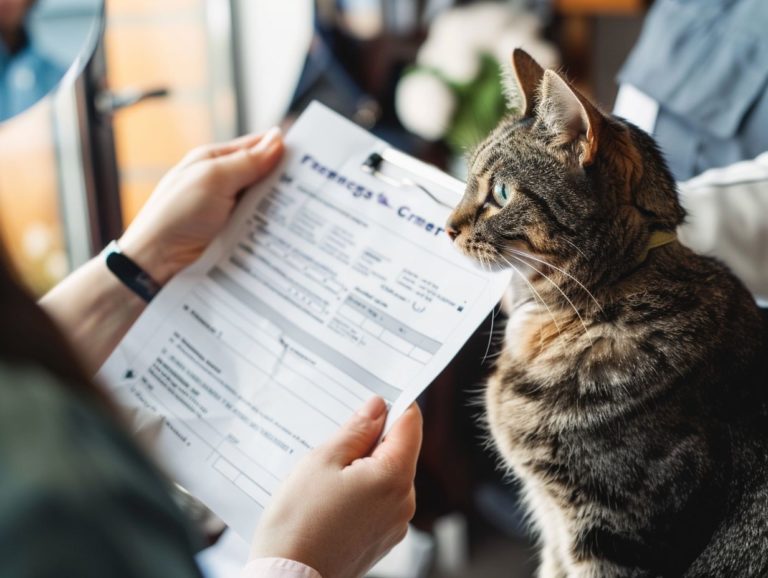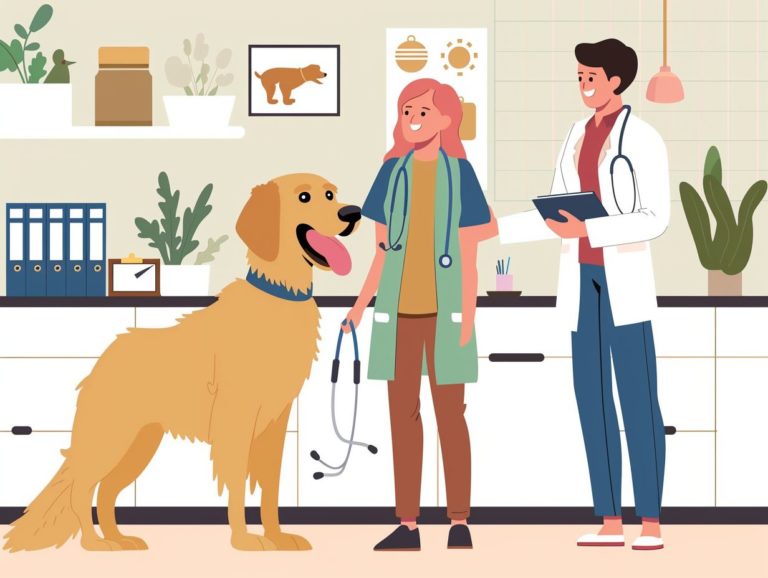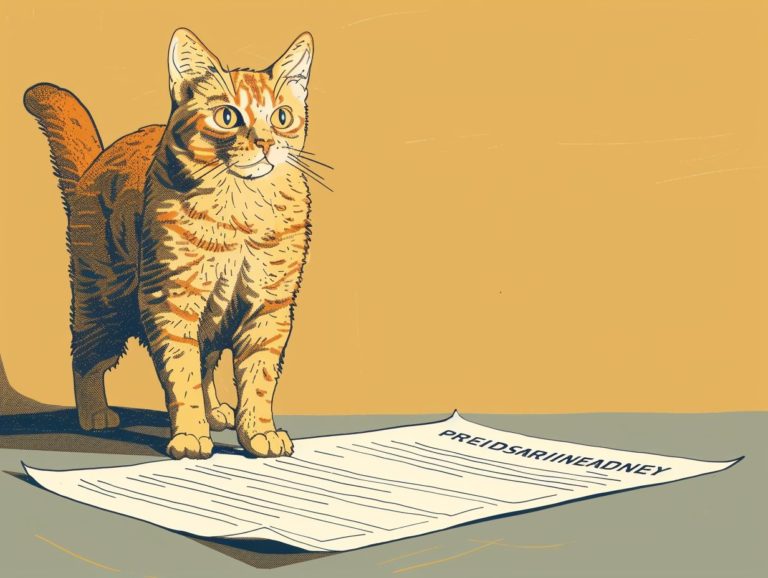Understanding Deductibles In Feline Health Insurance
This guide explains what deductibles are, the different types of deductibles in feline health insurance, and how they can impact your insurance premiums. It also provides tips on selecting a deductible that is right for you and getting the most out of your coverage.
Key Takeaways:
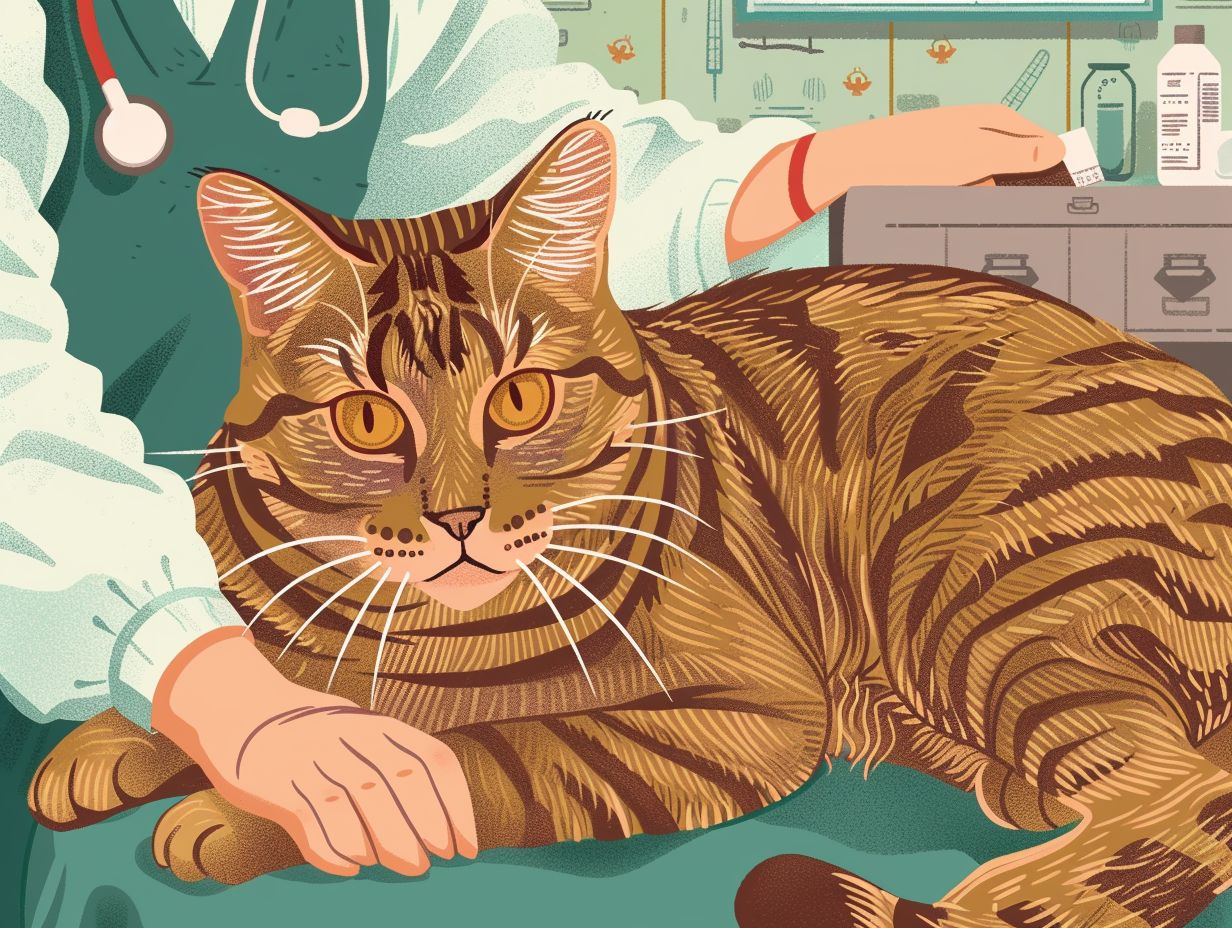
What is Feline Health Insurance?
Feline Health Insurance is a service that caters to covering the medical expenses and veterinary bills of cats. Pet insurance provides financial support to pet owners in case their cats face health issues. These policies typically include coverage for veterinary visits, surgeries, medications, and potentially emergency care.
With a range of policy options available, pet insurance enables cat owners to select a policy that aligns with their budget and coverage needs. This, in turn, offers added peace of mind regarding the overall wellness of their pets, allowing them to care for their cats free of charge.
Overview of Coverage and Benefits
Feline health insurance coverage includes reimbursement for veterinary expenses, treatments for a wide variety of conditions, and other eligible medical costs. The benefits of feline health insurance are designed to ensure that pet owners can afford to care for their cats in the best possible way.
By having feline health insurance, pet owners can be confident that they will receive financial support for routine vet check-ups, vaccinations, and even emergency surgeries. Reimbursement policies typically cover up to a certain percentage of the total cost, making it easier for pet owners to afford.
Conditions of coverage can vary, but most policies include benefits such as coverage for chronic illnesses, hereditary conditions, and even behavioral therapy. The costs of purchasing and maintaining a feline health insurance plan should be considered a long-term investment and protection for your pet, as they will likely be more than offset by the money saved on veterinary pet care costs for one’s beloved cat.
What is a Deductible?
In pet insurance, a deductible is the amount of money that pet owners must pay out-of-pocket for veterinary expenses before their insurance provider covers the costs. The purpose of a deductible is to offer financial protection against accidents or medical emergencies. By requiring pet owners to contribute a set portion of their pet’s medical expenses, deductibles play a crucial role in financial planning by distributing the cost burden between the insurance company and the pet owner.
When choosing a pet insurance policy, it is important to consider the deductible amount in relation to the premium fee and coverage limits. Understanding deductibles can give pet owners peace of mind by serving as a financial safety net for unexpected veterinarian bills.
Definition and Purpose of Deductibles
In pet insurance, deductibles are the specified amount of money that must be paid by the owner of the insured pet before a claim can be submitted for reimbursement. The deductible amount is specified in the policy and impacts the percentage of expenses that can be claimed back. Higher deductible amounts typically result in lower monthly premiums but require the pet owner to pay more out of pocket before making a claim.
Some pet insurance policies have annual deductibles, meaning the deductible must only be met once per year, while others have per-incident deductibles, requiring a new deductible for each new health issue or injury. Understanding this aspect of a pet insurance policy is crucial for pet owners to effectively manage their out-of-pocket expenses and maximize their claims.
Types of Deductibles in Feline Health Insurance
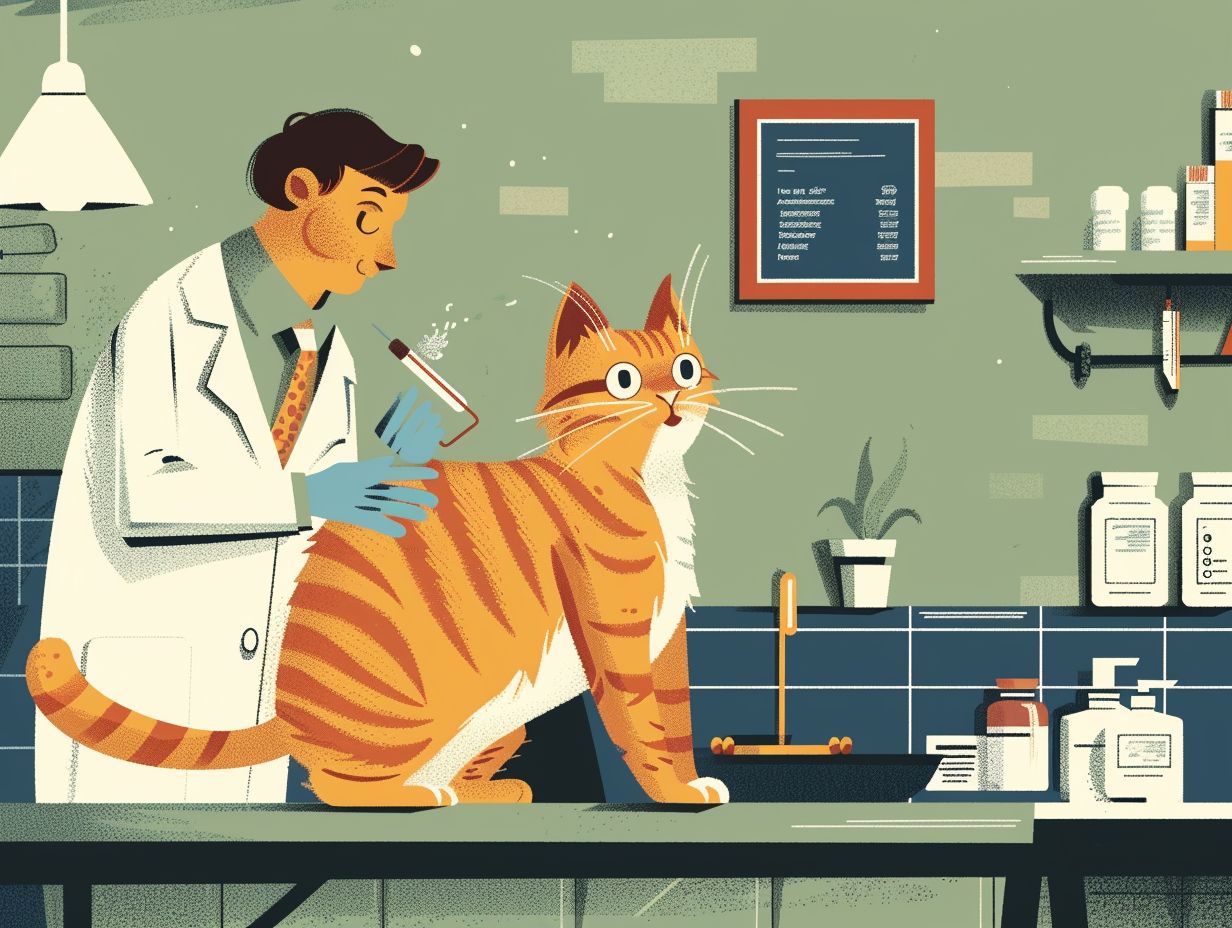
Feline Health Insurance provides pet owners with various deductible options, including per-incident deductibles and annual deductibles, allowing them to select the most suitable option for their cats’ healthcare and financial requirements.
With per-incident deductibles, pet owners must pay a predetermined amount for each new illness or injury before the insurance coverage begins, whereas annual deductibles necessitate reaching a fixed amount once per policy year before benefits are accessible.
The choice of deductibles can significantly impact annual expenses, as opting for a lower deductible results in higher monthly premiums, whereas a higher deductible leads to lower monthly premiums. Pet owners are advised to compare deductible offerings from different providers, as terms and amounts can vary, influencing the overall cost and coverage of feline health insurance.
Annual vs. Per-Incident Deductibles
There are two types of deductibles in pet insurance: annual deductibles and per-incident deductibles. Annual deductibles require pet owners to meet the deductible once per year, while per-incident deductibles apply the deductible each time there is a new illness or injury.
The choice between an annual or per-incident deductible depends on factors such as the pet’s age, current health status, and anticipated vet expenses for the year. Younger and generally healthier cats may benefit more from an annual deductible as it spreads costs over the year and covers multiple incidents. On the other hand, older cats with pre-existing conditions may find per-incident deductibles more advantageous, as they reset with each new health issue.
Considerations such as budget limitations and the expected frequency of vet visits should also be taken into account when deciding on the best deductible type for one’s pet.
How Deductibles Affect Insurance Premiums
Deductibles play a crucial role in determining pet insurance premiums, with higher deductibles leading to lower monthly premium costs, while lower deductibles result in higher premium rates. The type of deductible selected also influences the reimbursement percentage offered by the pet insurance provider.
Opting for a higher deductible in your cat insurance policy means you agree to cover more expenses out of pocket before the insurance coverage kicks in. Consequently, the insurance company can offer you a reduced monthly premium because you are taking on more financial responsibility upfront. On the other hand, choosing a lower deductible will lead to a higher monthly premium since the insurer is assuming greater financial risk and may need to raise premium rates to compensate for potential losses.
It is essential to strike a balance between deductible amounts and premium rates to find a plan that aligns with both your budget and coverage requirements.
Understanding Premiums and Deductibles
Pet insurance premiums are the monthly or yearly payments made by pet owners to maintain coverage. Understanding the relationship between premiums and deductibles is crucial for pet owners when making informed decisions about their pet insurance policy and financial planning.
Premiums play a significant role in determining pet owners’ financial commitment to their cat’s healthcare. Pet owners should be aware of how premiums affect their out-of-pocket expenses for veterinary visits and treatments.
By grasping the connection between premiums and deductibles, pet owners can effectively manage their financial responsibilities and guarantee that their pets can access essential medical care at a reasonable cost.
Factors to Consider When Choosing a Deductible
When selecting a deductible for feline health insurance, factors such as cost implications, desired coverage, and the pet owner’s financial preferences play a crucial role. These factors must all be considered to choose a deductible that offers adequate protection for the feline. It is important to understand the cost implications of different deductible levels, evaluate the feline’s healthcare needs, and compare coverage offered by various insurance plans to determine the most suitable deductible.
Additionally, pet owners should consider the desired coverage and costs associated with different insurance plans, as well as their financial goals and preferences when it comes to unexpected veterinary expenses and premium payments.
Cost vs. Coverage Considerations
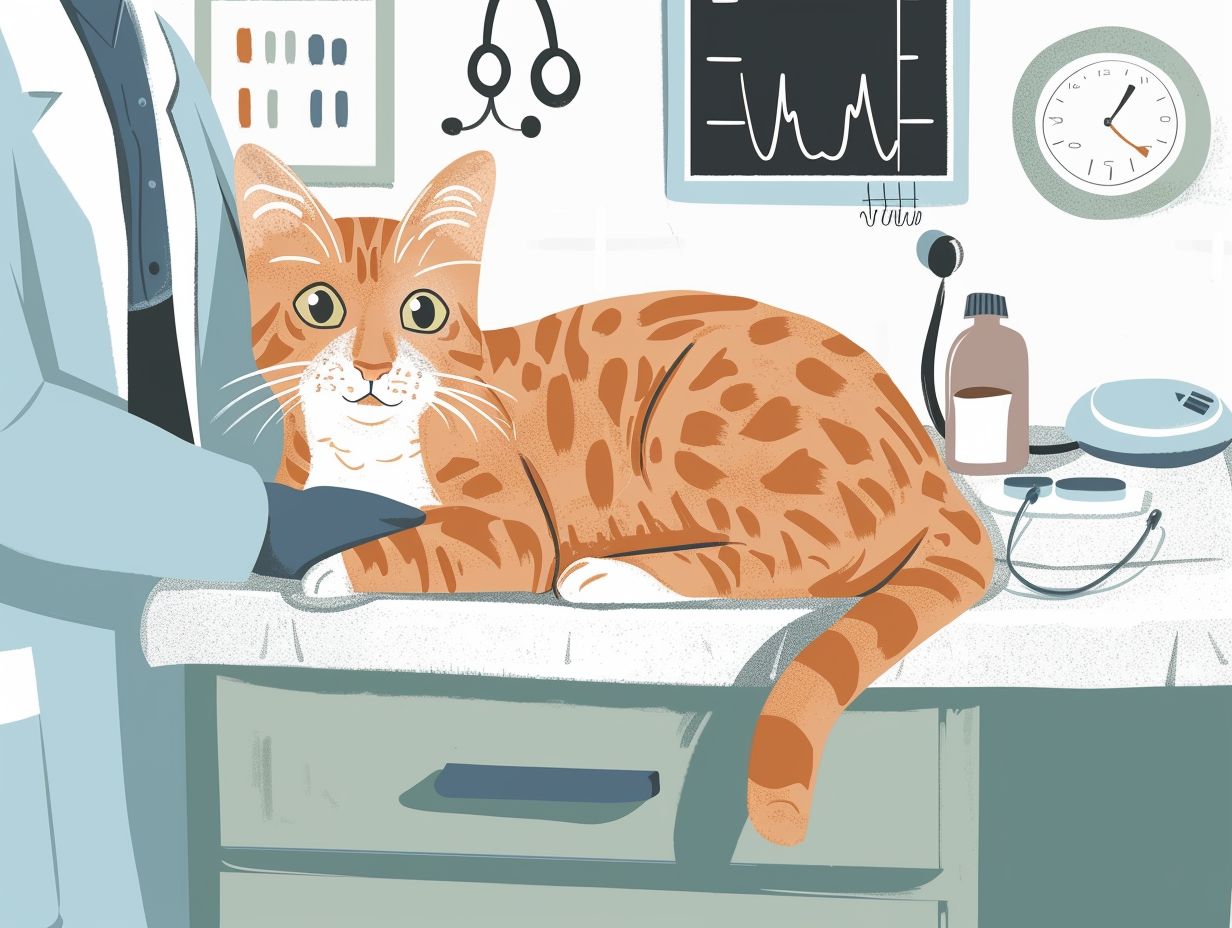
When selecting a deductible, pet owners must balance the cost of the insurance policy with the coverage and reimbursement rate provided by the insurance company. These factors are considered to ensure that pet owners choose a deductible in cat insurance that aligns with their budget and healthcare requirements for their cats.
Comparing the costs of various deductible options helps pet owners assess how much they can afford to pay out of pocket before insurance coverage kicks in. Reviewing the specific coverage details, such as preventive care, emergency services, and chronic condition management, helps pet owners evaluate the overall quality of the insurance plan.
Additionally, comparing reimbursement rates among different deductibles ensures that the chosen policy offers sufficient financial protection without being overly costly.
Making the Most of Your Deductible
Pet owners can maximize the benefits of their cat’s health insurance deductible by understanding the unique circumstances of their feline insurance policy, closely tracking incidents requiring medical care, and proactively participating in their cat’s healthcare.
Informed pet owners can fully take advantage of their coverage by being knowledgeable about their policy’s coverage and the specific deductible amount, enabling them to make better decisions regarding their cat’s healthcare.
Keeping a detailed log of their pet’s medical incidents, treatments, and veterinary visits allows pet owners to more accurately monitor their deductible spending.
Proactive healthcare actions such as regular check-ups, vaccinations, and preventive treatments can lower the likelihood of future medical expenses and help to maximize the deductible.
It is important for pet owners to communicate with their veterinarian about any suggested treatment plans in order to determine what aligns best with their coverage and financial goals.
Tips for Managing and Maximizing Deductibles
Pet owners can maximize and manage their deductible benefits effectively by choosing appropriate healthcare providers that meet their insurance requirements, understanding deductible terms and conditions, and making informed decisions about the cost of care. By actively participating in the decision-making process of their pet’s healthcare, pet owners can ensure they are utilizing their deductible to the fullest.
When selecting healthcare providers, it is important to choose facilities that are in-network with your insurance plan for your pet’s healthcare needs to ensure maximum coverage. Understanding what is covered and what part of the treatment cost you are responsible for before insurance covers the full cost is crucial. By comprehending your pet’s treatment options and associated costs, you can make choices that align with your budget. Monitoring your pet’s health needs and treatment plans proactively will help ensure that insurance benefits are used as efficiently as possible.
Frequently Asked Questions
What is a deductible in feline health insurance?
A deductible in feline health insurance is the amount of money that you are responsible for paying before your insurance coverage begins. It is typically a set amount per year or per incident.
How does a deductible affect my feline’s health insurance coverage?
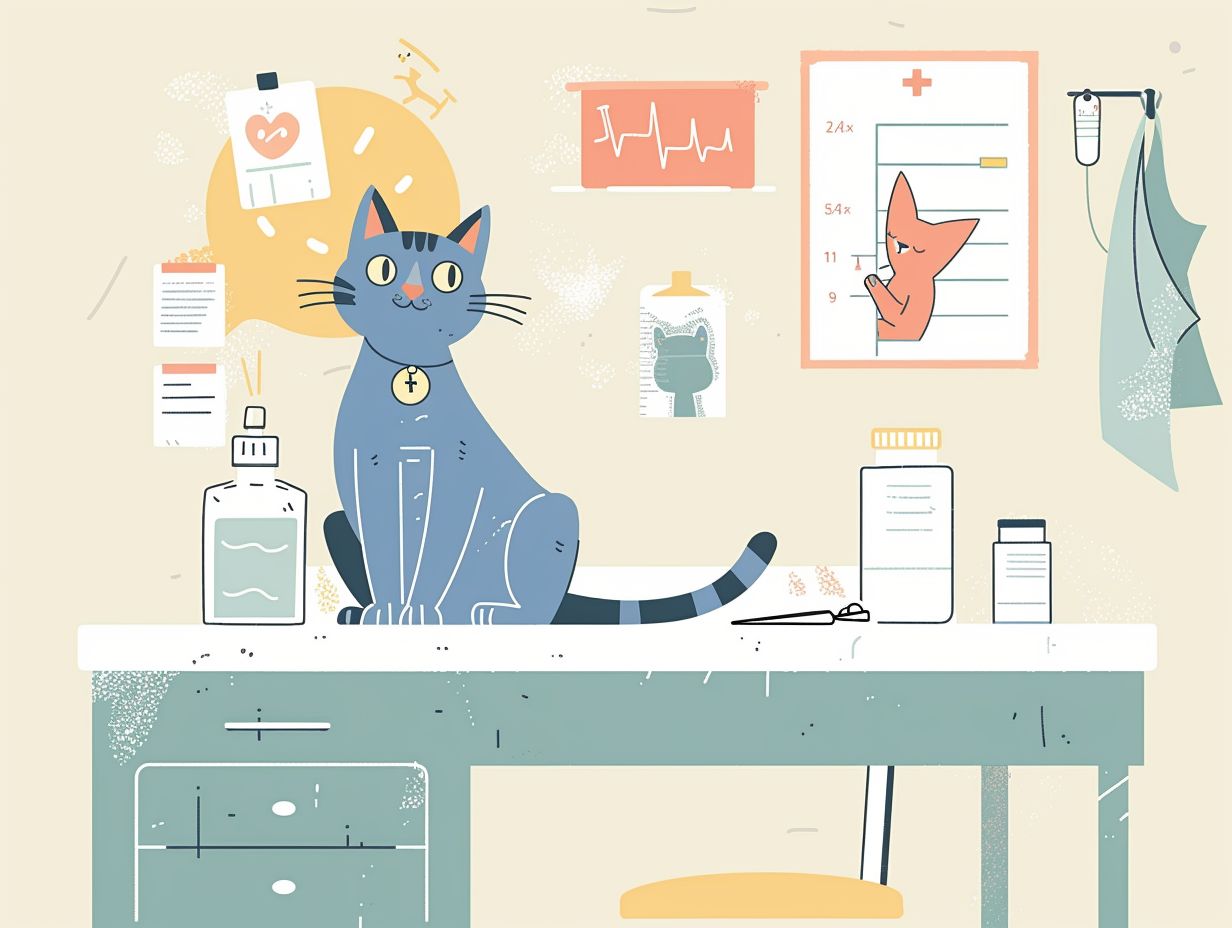
A deductible helps determine the level of coverage that your feline will receive. If you have a higher deductible, you may have lower monthly premiums but will be responsible for a larger portion of the cost of care. If you have a lower deductible, you may have higher monthly premiums but will have a smaller portion of the cost of care to pay out of pocket.
Is there a standard deductible for feline health insurance?
No, there is not a standard deductible for feline health insurance. Each insurance provider sets their own deductible amounts and policies, so it is important to research and compare different options.
Do I have to pay the deductible every time my feline needs medical care?
No, you only have to pay the deductible once per policy period (usually per year). Once you have met your deductible, your insurance coverage will begin for any additional medical expenses within that policy period.
What happens if my feline has a pre-existing condition? Will the deductible still apply?
Yes, the deductible will still apply if your feline has a pre-existing condition. However, pre-existing conditions are typically not covered by insurance, so you will be responsible for all costs related to that condition.
Can the deductible amount change over time?
Yes, the deductible amount can change over time. Insurance providers may increase or decrease their deductibles based on various factors, such as the cost of medical care and the number of claims filed. It is important to review your policy each year to ensure you are aware of any changes to your deductible amount.

